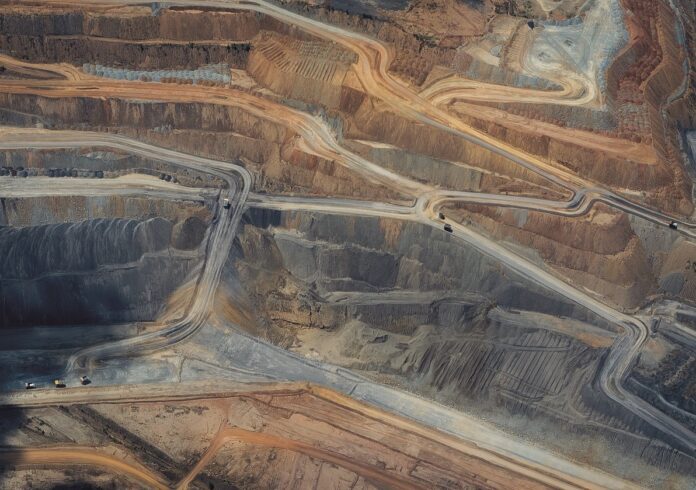A new report produced by CDP in collaboration with Planet Tracker, High and Dry: How Water Issues Are Stranding Assets, presents research highlighting how water insecurity is impacting the financial performance of companies through the stranding of assets, the implications for the global financial sector, and the role disclosure plays in understanding, identifying, and managing these impacts.
Conflicting pressures of demand
The World Bank predicts that a tug-of-war between scarce high-quality water supply and increasing demand, driven by economic growth, and exacerbated by climate change, could cost some of the world’s regions up to 6% of GDP by 2050 and lock in sustained negative regional growth, as well as increasing migration and causing conflict.
Research from CDP found that 37% (2020) and 33% (2021) of listed financial institutions were not assessing exposure of financial activities to water risks, suggesting that many financial institutions may be underestimating their exposure and as such, over-allocating capital to high-risk activities.
Case studies
This report aims to highlight the significance of the water crisis to the finance sector by examining the drivers of water risk and assessing the level of awareness and preparedness that exists across companies in four major sectors – coal, electricity utilities, metals & mining, and oil & gas.
As well as sector analysis, the report features four case studies: Carmichael coal mine in Australia, a controversial coal mining project run by the Adani Group; Oyster Creek nuclear power station in the USA, which was retired because of water regulatory issues; Pascua-Lama gold mine, which is a project on the border between Chile and Argentina; and Keystone XL pipeline extension, which has resulted in a long-running dispute between the USA and Canada.
In two of the case studies, Pascua-Lama gold mine (Barrick Gold) and Oyster Creek nuclear power station (Exelon), assets became stranded because of a change in the regulatory/licensing landscape, accompanied by an unwillingness of management to spend or adapt, compounded by a change in the economic situation surrounding each project.
In all case studies, significant environmental protests played an important role. In one case (Pascua-Lama gold mine – Barrick Gold), this led to a successful class action suit; while for the Keystone XL pipeline extension, it drove the government in the USA to deny a key cross-border permit in 2021 forcing TC Energy to cancel the project.
Investigation of the stranding events on the profit and loss accounts of the holding companies showed that, despite possible billion-dollar balance sheet implications, these events did not have a material impact on the share prices or financial performance of the parent companies. This could be explained by their balance sheet size, asset diversification and access to capital, enabling these resource majors to absorb high levels of risk. However, a multitude of stranding events in the medium to long term would amount to sizeable loss.
“Since 2011, firms have spent more than US$84 billion worldwide to improve the way they
conserve, manage, or obtain water”
As competition for water resources intensifies and community and regulator attitudes shift towards that of conserving water, industries that are not acting to protect freshwater resources will become exposed to risks that could strand their assets.
With water insecurity set to grow and, with it, increased community and regulatory scrutiny, it is clear that a lack of access to a stable supply of water will threaten the growth plans for these sectors if business-as-usual approaches to water management are continued.
Are preparations in place?
CDP’s analysis shows that most of the industries studied seem to be considering water-stranding risk factors in their risk assessments for operations, but to a lesser extent in the case of raw materials and commodities.
Since 2011, firms have spent more than US$84 billion worldwide to improve the way they conserve, manage, or obtain water, with the US$283 billion global water market projected to reach a value of almost US$500 billion by 2028. This investment reflects the concerns that major water users have regarding regulatory changes, in particular with regards to water allocation and withdrawal permits.
The implications of stranded assets for the financial system include decreased revenues and increased costs. It is therefore critical that financial institutions identify, disclose, assess, and manage water risks across their portfolios.
In its conclusion, the report finds that the four sectors analysed have already experienced water-related stranding events and states that risks such as worsening water security and regulatory changes may lead to further stranding events in the future.
More information:
The report is available at: https://www.cdp.net/en/research/global-reports/high-and-dry-how-water-issues-are-stranding-assets









